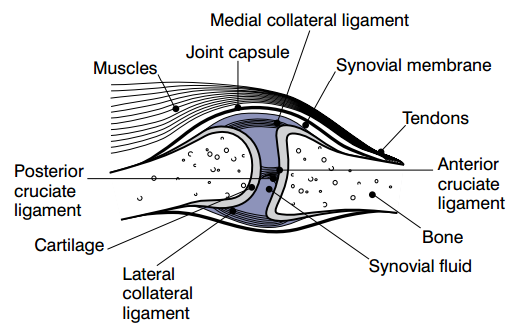JOINT HEALTH!
What to do and what to eat to keep your joints in good condition.
While taking care of our joints should happen throughout life, often times we overlook our joints as a priority, until they start to cause us trouble later in life. Joints are crucial to keeping us mobile and allowing us to maintain an active lifestyle. If they become inflamed, stiff, or sore it’s gets more difficult to do even simple daily chores.
So what is a joint? A joint is created by the space between two bones in our body. Depending on the type of joint, and how much movement it allows, there may be fluid within that space for cushion, so the ends of the bone do not rub together. There are also tissues that surround and support the space, which as a whole, create the joint. Without joints we would not be able to bend and move.
Many things can cause increased wear and tear on the tissues and structures which make up a joint and may lead to pain, and possibly debilitating joint conditions. The good thing is that most risk factors, other than age, are within our control. Here are some things you can do to help keep your joints healthy.
Stay active-ideally with low-impact activities (swimming, biking, walking), but don’t overdo it!
Utilize proper posture and body mechanics
Maintain an ideal body weight
Strengthen muscles and increase flexibility
Stop smoking
Eat a healthy diet (anti-inflammatory, rich in antioxidants, healthy fats)
So what does a joint supporting diet look like?
Antioxidants can be found from dietary sources in the form of vitamins, minerals and phytonutrients, protecting the body from potential free radicals.
To make sure your diet is rich in antioxidants, be sure to eat lots of colorful fruits and vegetables, allowing yourself to get these health benefits from dietary sources as opposed to supplements. Make sure you consult with your doctor before taking any supplements.
Beta-carotene (pro-vitamin A), ascorbic acid (vitamin C), and vitamin E are antioxidants that can be found naturally in red, yellow and orange fruits, vegetables, leafy greens, fortified cereals, peanut butter and almonds.
Other fruits and vegetables of the red blue origin contain flavonoids, phytonutrients that are responsible for the color in these foods that can contain antioxidant properties that could combat inflammation. Some examples are red apples with the skin on, onions, blueberries, cranberries and strawberries.
Fat-free milk, eggs, yogurt, salmon, and tuna not only contain vitamin A but are examples of good protein and healthy fat sources as well. If you aren’t a fan of salmon, trout, sardines, walnuts, ground flaxseed and chia seeds are great sources of these omega-3 healthy fats as well.
The Mediterranean diet is not only beneficial for heart health but it also has anti-inflammatory properties as well.
It is also important to note that while your diet should contain whole fruits and vegetables as mentioned above, weight loss can be an important factor in arthritis and joint pain management.
Even slight weight reduction of a few pounds can reduce the consequences of joint injury. This is because excess weight can increase the chance for inflammation on joints.
By incorporating fresh and colorful fruits and vegetables into your diet, including healthy fat sources and doing what you can to be active, you can be sure you are doing your part and putting your health first to achieve a desirable weight for your joints and your health.
For more on the Mediterranean Diet, follow this link to our source for some of the information in our post:
https://health.clevelandclinic.org/the-best-food-to-help-relieve-your-joint-pain/

